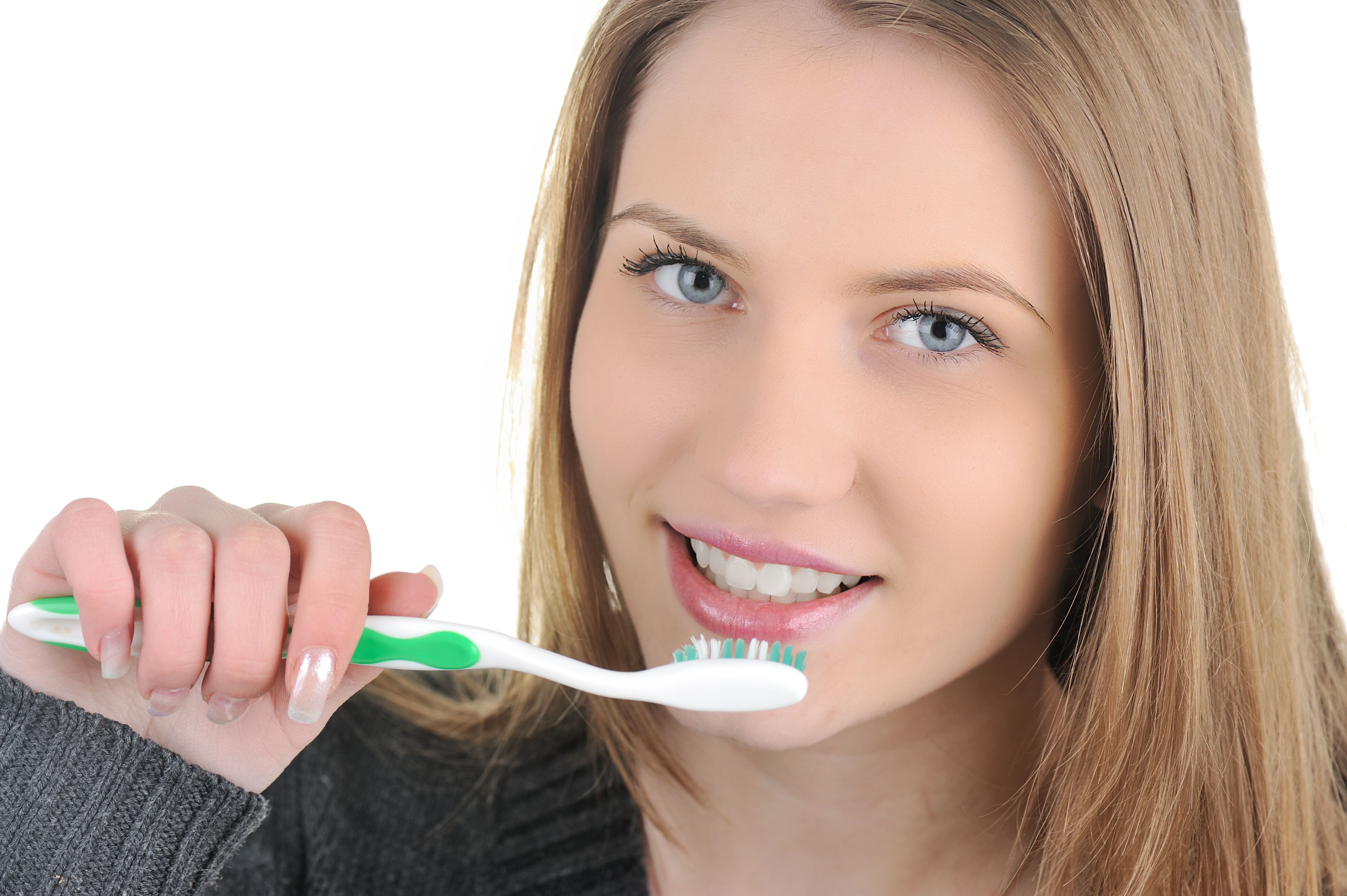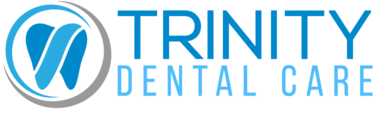
One of the first things you do upon waking up every morning is to brush your teeth. Although this has become the most obvious daily routine, many of us are not aware how significant this activity is in maintaining healthy oral hygiene. People with a busy schedule for the day might brush in a hurry without following a proper sequence.
This could lead to poor oral health which may result in the buildup of cavities, plaque or gum disease. Hence it is important to follow the right way of brushing no matter how busy you are.
It may be surprising to know but proper brushing requires at least 2 minutes of your time. Unsurprisingly most adults ignore this rule and do not brush that long. Proper brushing requires short, gentle strokes while paying attention to the crowns, hard-to-reach teeth areas, gum line and other restoration.
The correct way to brush your teeth is just as important as the frequency that you brush so follow these tips we outline below.
• External surfaces of upper teeth followed by the lower teeth.
• Internal surfaces of upper teeth followed by the lower teeth.
• Chewing surfaces.
• The tongue for fresher breath and a healthier mouth.
When brushing, tilt the brush at an angle of 45° against the gum line. Then roll or sweep the brush away from it. Brush the external, internal and chewing surfaces of the teeth using short, gentle back-and-forth strokes. The tongue must be brushed gently to eliminate bacteria and promote fresh breath. A tongue scraper is recommended and can be more effective as well.
The majority of the dental professionals recommend using a soft-bristled brush to remove debris and plaque from the teeth. Brushes with small heads are preferred as they can reach all the areas in your mouth. A powered toothbrush is a better choice for those who have difficulty in manual brushing or possess limited manual dexterity. Finding the right toothpaste becomes a challenge for many.
At present there are various toothpastes specifically designed to address certain conditions such as tooth sensitivity, stained teeth, tartar, gingivitis and cavities. Ask your dental hygienist or dentist which toothpaste best suits you.
Your toothbrush must be replaced every three months or when it appears to show wear. Changing the toothbrush after suffering from a cold is also important as bristles collect germs and lead towards reinfection.
Many people have the idea that hard bristles will help clean more. This is not true. Soft bristles help in cleaning effectively as opposed to hard bristles which could wear down the tooth structure. When the bristles fray, its power is lost. Keep the brush in the open air to prevent the growth of bacteria or mold when moist.
Some people have the habit of immediately getting rid of the remnants stuck between the teeth after a hearty meal. This is much better compared to not brushing at all. However, this is more like the use of abrasives when acid is still present in the mouth. The solution is to wait for about 15-20 minutes for the saliva to work on it and then rinse your mouth to rid of the remaining acid before brushing.
Here is a great video that will help demonstrate everything we’ve covered:
At Trinity Dental Care, we take the time to ensure our patients are brushing properly to help prevent dental issues that arise from improper technique. We hope this article has been helpful and informative.
Make an appointment with us today to ensure your oral health is the best it can be.
